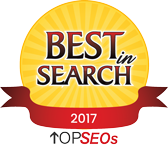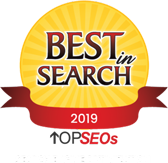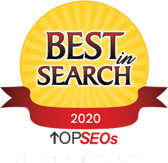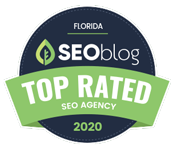Unraveling the Mystery of SEO and SEM
In the fast-paced digital landscape, understanding the intricacies of Search Engine Optimization (SEO) and Search Engine Marketing (SEM) is crucial for any business aiming to thrive online. These two acronyms often swirl around in marketing discussions, but what exactly do they entail, and how do they differ? This comprehensive guide delves into SEO and SEM, unraveling their nuances and exploring their significance in the digital marketing ecosystem.
Demystifying SEO and SEM
SEO (Search Engine Optimization)
SEO refers to optimizing your website to rank higher in organic (non-paid) search engine results pages (SERPs). It involves various techniques to improve your website’s visibility and relevance to search engine algorithms, ultimately driving organic (unpaid) traffic to your site. SEO encompasses on-page and off-page optimization strategies, focusing on keyword research, content optimization, backlink building, and technical optimization.
SEM (Search Engine Marketing)
On the other hand, SEM is a broader term encompassing various paid marketing strategies aimed at increasing a website’s visibility in search engine results. While SEO is focused on organic tactics, SEM involves paid advertising efforts, commonly known as Pay-Per-Click (PPC) advertising. SEM allows businesses to bid on keywords relevant to their products or services and display targeted ads to users searching for them. Google Ads is the most popular platform for SEM, enabling advertisers to create, manage, and optimize their paid campaigns.
Differentiating SEO and SEM
1. Traffic Source:
SEO focuses on driving organic traffic to your website through unpaid search engine results. SEM relies on paid advertising to generate traffic.
2. Cost Structure:
SEO is primarily a long-term strategy that requires upfront investment in content creation, optimization, and link building. The payoff is sustained organic traffic over time. In contrast, SEM involves immediate costs associated with bidding on keywords and running paid campaigns, with the potential for instant visibility and traffic.
3. Placement in SERPs:
SEO aims to improve a website’s ranking in organic search results, typically appearing below paid ads and local listings. Conversely, SEM allows businesses to secure prominent placements at the top of search results pages through paid advertising.
4. Control and Flexibility:
SEM offers greater control and flexibility over ad placement, targeting options, budget allocation, and ad creativity, allowing advertisers to tailor their campaigns for specific audiences and objectives. SEO, while influential, is subject to search engines’ ever-changing algorithms and may take time to yield tangible results.
The Synergy Between SEO and SEM
While SEO and SEM are distinct marketing strategies, they are not mutually exclusive. Integrating both approaches can yield synergistic benefits for businesses looking to maximize their online presence and drive targeted traffic.
1. Enhanced Visibility:
By combining SEO and SEM, businesses can increase their visibility in search engine results pages, occupying multiple positions and capturing a larger share of clicks from interested users.
2. Comprehensive Keyword Insights:
SEM campaigns provide valuable data on keyword performance, including search volume, click-through rates, and conversion metrics. This data can inform SEO efforts, helping businesses identify high-performing keywords to target in their organic content strategy.
3. Improved Conversion Rates:
While SEO drives organic traffic to your website, SEM allows for precise targeting and ad customization, leading to higher conversion rates and ROI for paid campaigns.
4. Optimized Budget Allocation:
Businesses can allocate their marketing budget more effectively by analyzing the performance of both SEO and SEM initiatives and investing in strategies that deliver the best results for their objectives.
Strategies for Success in SEO and SEM
1. Keyword Research and Optimization:
Conduct thorough keyword research to identify relevant terms and phrases that align with your target audience’s search intent. Optimize your website’s content, meta tags, and headings to incorporate these keywords strategically.
2. Quality Content Creation:
Develop high-quality, informative content that addresses the needs and interests of your target audience. Create compelling landing pages, blog posts, and resources that provide value and encourage engagement.
3. Link Building:
Build a robust backlink profile by earning links from authoritative websites within your industry. Focus on creating shareable content, guest blogging opportunities, and strategic outreach to acquire high-quality backlinks.
4. PPC Campaign Optimization:
Monitor and optimize your SEM campaigns to improve performance and maximize ROI. Experiment with ad copy, targeting options, bidding strategies, and landing page optimization to enhance campaign effectiveness.
Conclusion
In conclusion, SEO and SEM are two essential pillars of digital marketing, each offering unique opportunities for businesses to increase online visibility, drive targeted traffic, and achieve their marketing objectives. While SEO focuses on organic tactics to improve website ranking and search engine results, SEM leverages paid advertising to secure immediate visibility and drive traffic. By integrating both approaches and implementing strategic initiatives, businesses can unlock the full potential of their online marketing efforts and stay ahead in today’s competitive digital landscape.





























